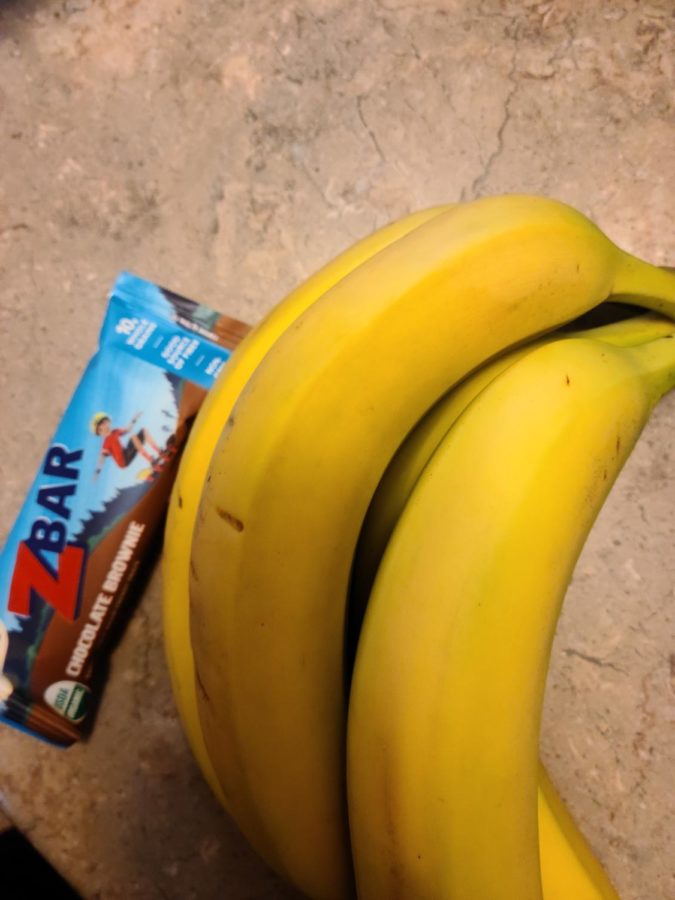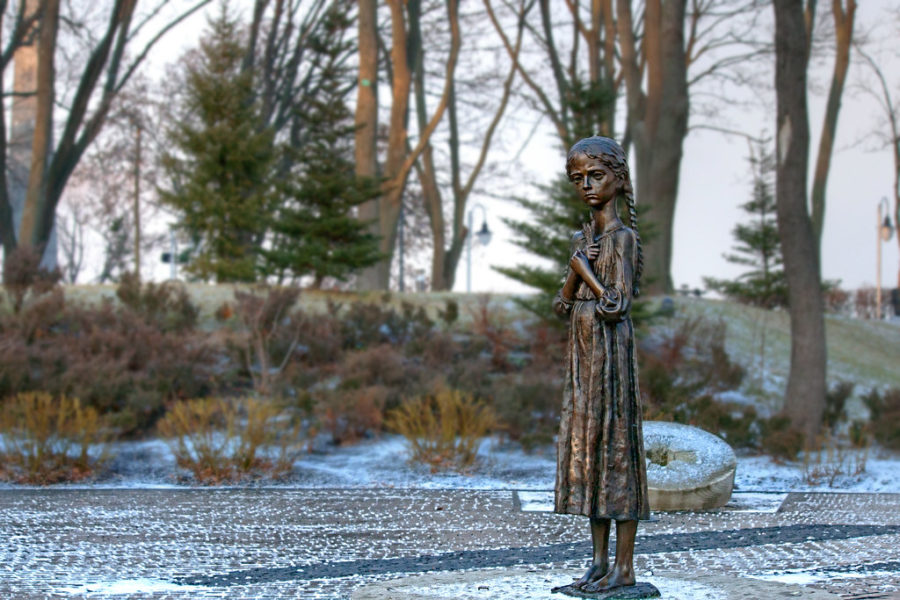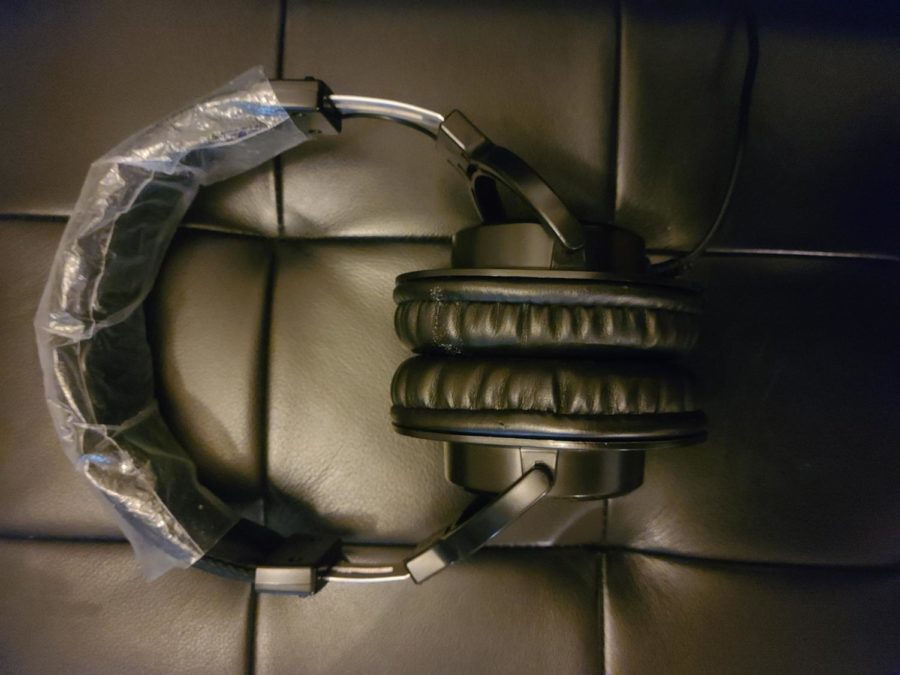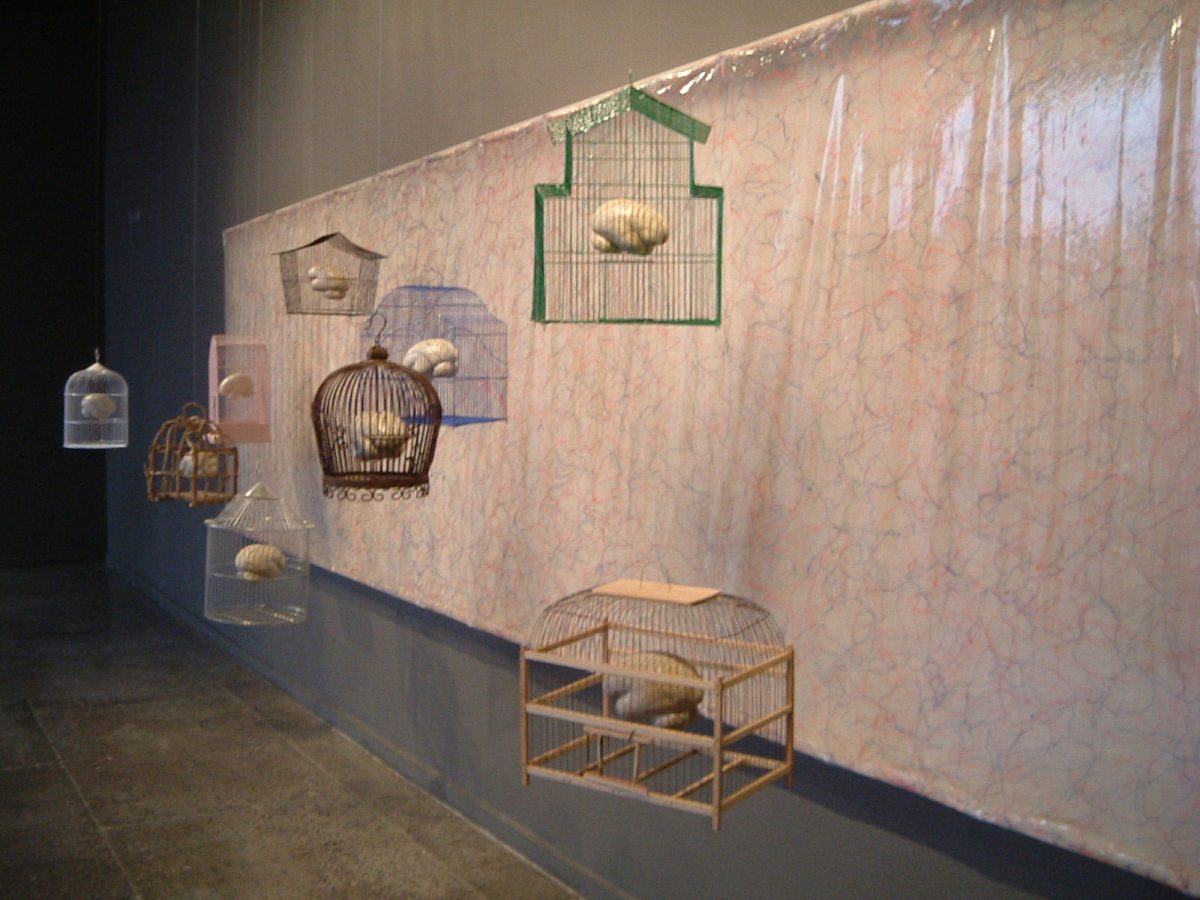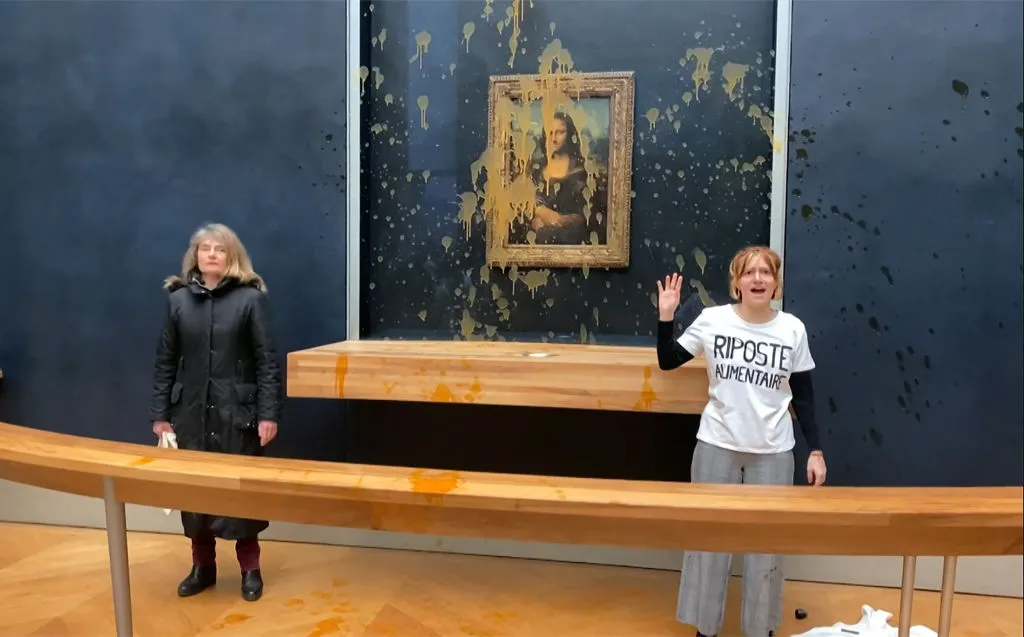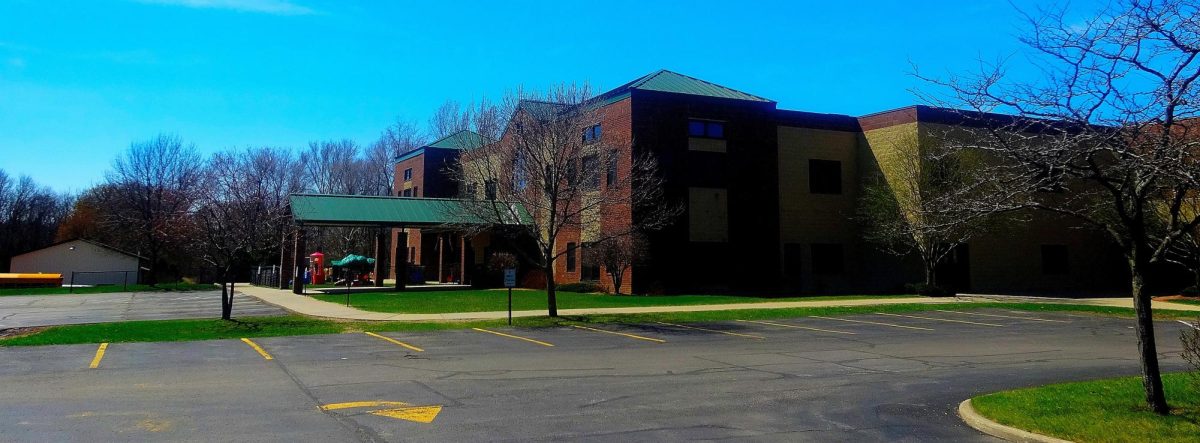Thought to be Replica at Field Museum Turns out to be Authentic 3,000-Year-Old Sword

February 5, 2023
Around 100 years ago, the Field Museum in Chicago, IL bought a bronze sword, newly plucked out of the Danube river in Budapest, Hungary, from the Hungarian National Museum. Being stored at the museum since the mid-1920s, this 3-foot-long bronze blade was likely in the river initially due to a ritual, used to celebrate or remember some particular occasion.
The discovery was made somewhat by accident, as Hungarian researchers visiting the Field Museum in order to prepare for a new exhibit titled The First Kings of Europe requested to see the weapon. János Gábor Tarbay, a member of the group and a specific expert on Bronze Age metal artifacts, immediately knew that the item in question could be real. At Tarbay’s request, the Field Museum used an X-ray fluorescence detector in order to scan for the bronze sword’s chemical composition. According to William Parkinson, the curator of anthropology at the Field Museum, “at the very beginning of the Bronze Age, they already know how to smelt copper. Already extracting copper from ore. Then they start mixing it with tin, which is the big game changer.” Evidence provided through testing showed that the weapon had a combination of bronze, copper, and tin nearly identical to others of its type, almost guaranteeing its validity.
Originally, the mistake of labeling the sword as a fake was simply a documentation error, as Parkinson mentioned, “There was a clerical error when it got here. Someone just wrote it down wrong.” This is less surprising given that the relic arrived at the Field Museum during the first half of the twentieth century.
Now though, the bronze sword will be included, and even headline The First Kings of Europe exhibit. Advertisements of the artifact series have introduced the display by inviting guests to “Explore the rise to power of ancient Europe’s first kings and queens and discover how once egalitarian farming communities developed power, inequity, and hierarchy for the first time.” In the showcase, visitors are transported back 5,000 years in time, as some of the relics hail from the Bronze Age, which lasted from 3,000 B.C.E. to around 800 B.C.E. However, this time period is relatively diverse, as not only was iron discovered near its end but horses were also introduced to farmers in Europe from southern Russia, along with the numerous developing hierarchical systems. Rather than remaining in the Bronze Age section of the exhibit, featuring southeastern European pieces, as it would have been if recognized as authentic earlier, the bronze sword is being displayed in the main hall of the Field Museum in order to headline the exhibit.
While in most cases, the famous item displayed in a museum is determined to be a fake, the opposite was luckily true for the Field Museum, as researchers instead found an important and rare relic of the bronze age. Either way, the bronze sword’s discovery will help draw attention to an important and interesting exhibit, providing significant insights into our world’s history.
















